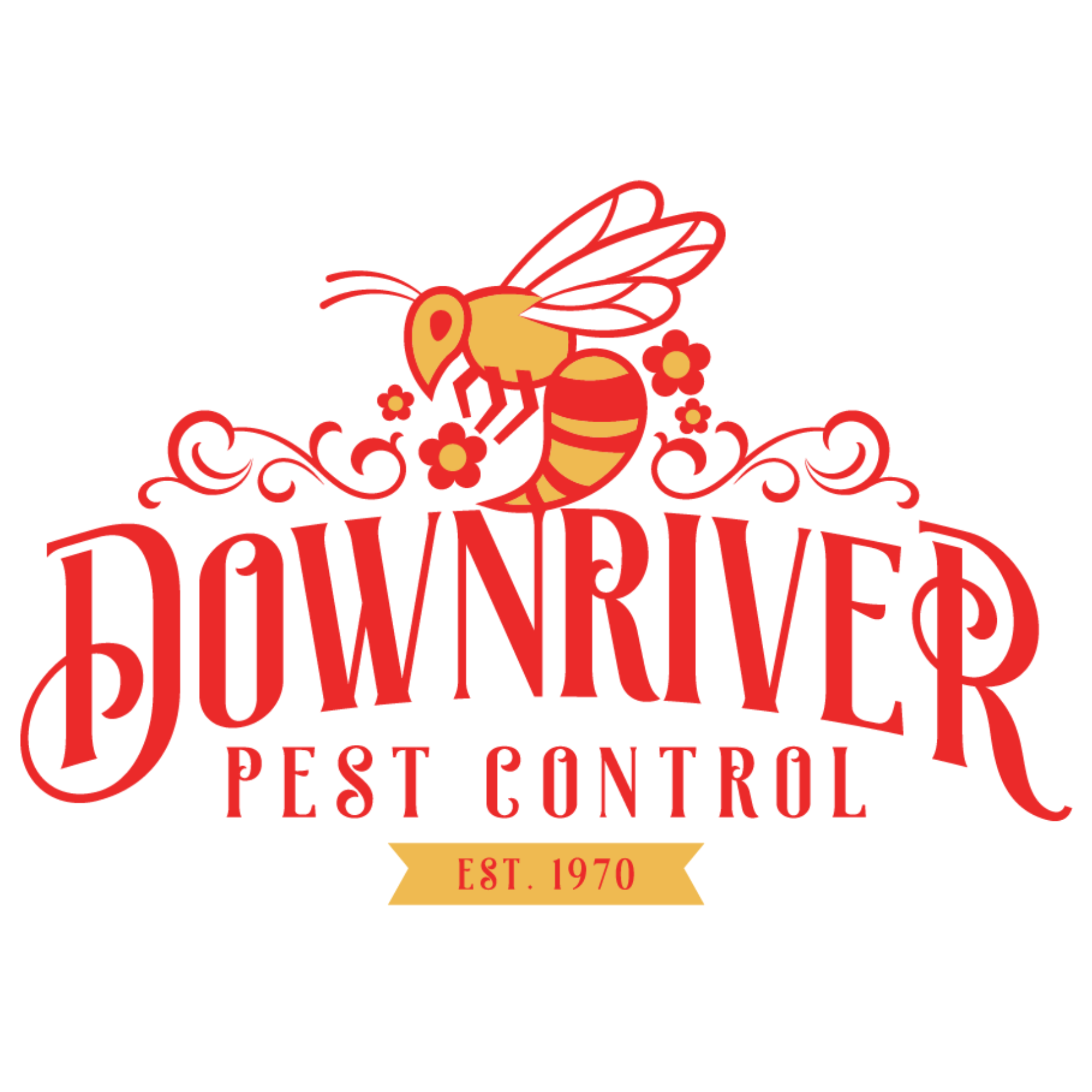
Western Conifer Seed Bugs
Contact Us
Thank you for contacting us.
We will get back to you as soon as possible.
We will get back to you as soon as possible.
Oops, there was an error sending your message.
Please try again later.
Please try again later.
Facts about Seed Bugs
- Species Identification: Western Conifer Seed Bugs are insects belonging to the family Coreidae and are commonly mistaken for stink bugs due to their similar appearance.
- Distribution: These bugs are native to western North America but have expanded their range and are now found in various parts of the United States and Canada.
- Habitat: They are typically found in coniferous forests and are known to feed on the seeds of pine trees and other conifers.
- Size: Adult Western Conifer Seed Bugs are usually about 1/2 to 3/4 inches (12-20 mm) in length.
- Coloration: They have a distinctive appearance with a brownish-gray body and a flattened, shield-shaped form. Their body coloration often includes a mixture of darker and lighter shades.
- Scent Glands: Like stink bugs, these insects have scent glands that emit a strong, unpleasant odor when they are disturbed or crushed, which serves as a defense mechanism against predators.
- Feeding Habits: Western Conifer Seed Bugs are herbivorous and primarily feed on the seeds of coniferous trees. They use their piercing-sucking mouthparts to extract nutrients from the seeds.
- Life Cycle: They undergo incomplete metamorphosis, meaning they have three life stages: egg, nymph, and adult. The nymphs resemble smaller versions of the adults but lack wings.
- Seasonal Behavior: During the fall, Western Conifer Seed Bugs often seek shelter in human-made structures such as homes and buildings to overwinter. They may become a nuisance to homeowners during this time.
- Overwintering Behavior: These bugs do not reproduce indoors but enter buildings seeking warmth. They are known for congregating in large numbers, especially in attics, wall voids, and other protected areas.
- Reproduction: Western Conifer Seed Bugs lay their eggs on conifer needles or branches in the spring. The eggs hatch into nymphs, which mature into adults during the summer.
- Predators: Their strong odor helps deter many potential predators, but some birds and insect predators have adapted to feed on them.
- Nuisance Factor: While they are not harmful to humans or pets and do not cause structural damage to buildings, Western Conifer Seed Bugs can be a nuisance due to their sheer numbers and unpleasant odor.
- Management: To prevent infestations, homeowners can seal cracks and crevices in buildings and use screens on windows and doors. If an infestation occurs, professional pest control services may be needed.
- Ecological Role: In their natural habitat, Western Conifer Seed Bugs play a role in seed dispersal by feeding on and inadvertently distributing conifer seeds.
- Invasive Potential: They have become an invasive species in some regions where they were not originally native, potentially impacting local ecosystems.
These facts provide an overview of Western Conifer Seed Bugs and their characteristics. They are interesting insects with unique behaviors and adaptations.
How To Prevent Seed Bugs
Preventing Western Conifer Seed Bugs (WCSBs) from entering your home or garden can help minimize their presence. Here's a list of steps you can take to prevent these insects:
- Seal Entry Points:
- Inspect your home for gaps and cracks in doors, windows, and walls.
- Seal any openings using caulk or weatherstripping.
- Install Screens:
- Ensure that windows, vents, and chimneys have properly fitting screens to prevent bugs from entering.
- Maintain Screens:
- Regularly inspect and repair damaged screens to ensure they remain effective.
- Eliminate Attractants:
- Remove vegetation and mulch from near the foundation, as WCSBs often hide in these areas.
- Keep firewood and debris away from your house.
- Outdoor Lighting:
- Replace standard outdoor lighting with yellow or sodium vapor lights, which are less attractive to these insects.
- Seal Outdoor Cracks:
- Use caulk or sealant to close gaps and cracks in the exterior of your home.
- Check Attics and Crawlspaces:
- Inspect attics and crawlspaces for entry points, sealing any openings.
- Ensure vents in these areas are screened.
- Maintain Landscaping:
- Trim overhanging branches and shrubs away from your house.
- Keep your lawn and garden well-maintained.
- Clean Gutters:
- Regularly clean gutters to prevent WCSBs from breeding in clogged debris.
- Reduce Attractive Vegetation:
- Consider replacing conifer trees or bushes with less attractive plant varieties if you have a severe infestation.
- Use Insecticides:
- As a last resort, you can use insecticides labeled for use against WCSBs.
- Follow the instructions on the product carefully and consider consulting a pest control professional.
- Regular Inspection:
- Conduct regular inspections of your property to identify potential entry points and infestations early.
- Vacuuming:
- If you notice WCSBs indoors, vacuum them up rather than squashing them to avoid releasing their odor.
- Educate Yourself:
- Learn about the habits and life cycle of WCSBs to better understand how to prevent them.
- Consult a Professional:
- If you have a severe infestation that you can't control on your own, consider hiring a pest control professional for assistance.
Remember that prevention is key when it comes to managing Western Conifer Seed Bugs. Taking proactive steps to keep them out of your home and garden is often more effective than trying to eliminate them once they've established a presence.
BROWSE OUR WEBSITE
Phone: (313) 381-1877
Email: downriverpestcontrol@gmail.com
Proudly Serving all of Wayne, Oakland and Washtenaw Counties
Hours of Operation:
- Mon - Fri
- -
- Saturday
- Appointment Only
- Sunday
- Closed
VISIT OUR LOCATION
Content, including images, displayed on this website is protected by copyright laws. Downloading, republication, retransmission or reproduction of content on this website is strictly prohibited. Terms of Use
| Privacy Policy

